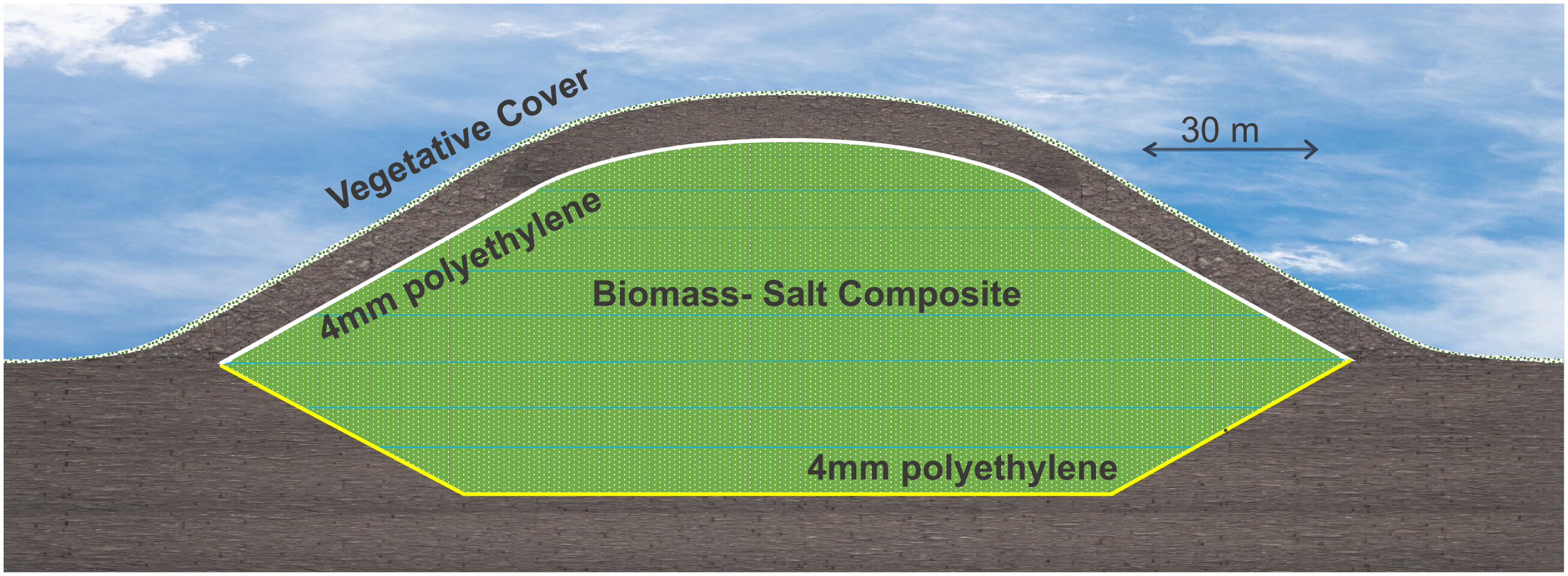Agro Sequestration: A scalable, economical, and verifiable method for stable sequestration of agricultural fixed carbon

Speaker
Harry Deckman
Electrical Engineering and Computer Sciences Dept.,
University of California, Berkeley
Abstract
A carbon negative technology to solve the climate crisis called Agro Sequestration will be discussed. It involves growing plants and trees to capture CO2 from the atmosphere and sequestering harvested vegetation in a dry state within an engineered biolandfill. In 1977, the physicist Freeman Dyson1 proposed the burial of biomass, as a scalable, economical solution to the Carbon Dioxide problem. Today we know2 that harvested vegetation can be preserved for millennia if it is buried in a dry state within an engineered dry biolandfill. Thermodynamic water activity quantifies dryness and when it is less than 0.6 life forms that degrade biomass cease to be viable in aerobic, anoxic, and anaerobic environments. Low water activity can be achieved by drying harvested biomass so the relative humidity of water vapor in equilibrium with the biomass is less than 60% or by adding a salt to the sequestered biomass to adsorb water vapor. Use of salt to maintain a dry environment has been known since Biblical times. Crops suitable for agricultural carbon capture and sequestration include high productivity plants and trees, many of which have been developed for generating biofuel feedstocks. Often these can be grown on marginal or degraded lands. Current agriculture costs, and biolandfill costs indicate US$60/tonne of sequestered CO2 which corresponds to ~US$0.53 per gallon of gasoline. The technology is scalable owing to the large area of land available for cellulosic crops, without disturbing food production. Land area required for biolandfilling is less than 1/10,000th that for agriculture and the surface of completed biolandfills can be reused for agricultural production. If scaled to the level of a major crop, prior years CO2 can be extracted from the atmosphere, and in addition, a significant fraction of annual world CO2 emissions can also be sequestered.

Bio
Harry earned a BS degree in Physics from Case Institute of Technology and a PhD in Solid State Physics from Iowa State University. In 1976 he joined Exxon’s Corporate Research Lab. Harry has driven discoveries in physics, physical chemistry, and materials science in alternative energy applications as well as numerous other areas across the dual energy challenge including hydrocarbon processing, molecular separations, upstream technology, and reducing CO2 emissions. He became a Senior Scientific Advisor at ExxonMobil Corporate Strategic Research (CSR) in 2012, joining the CSR Senior Technical Council and shaping research strategy across CSR. On February 1st, 2021, he retired from ExxonMobil and currently has a research appointment at UC Berkeley.

